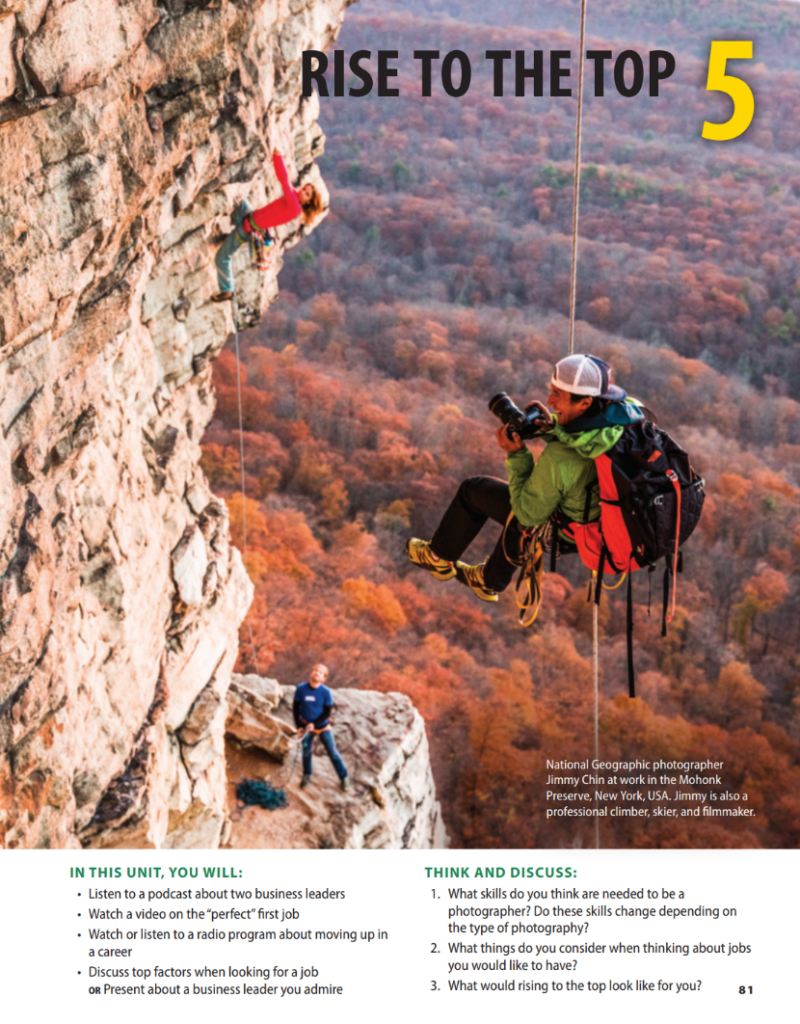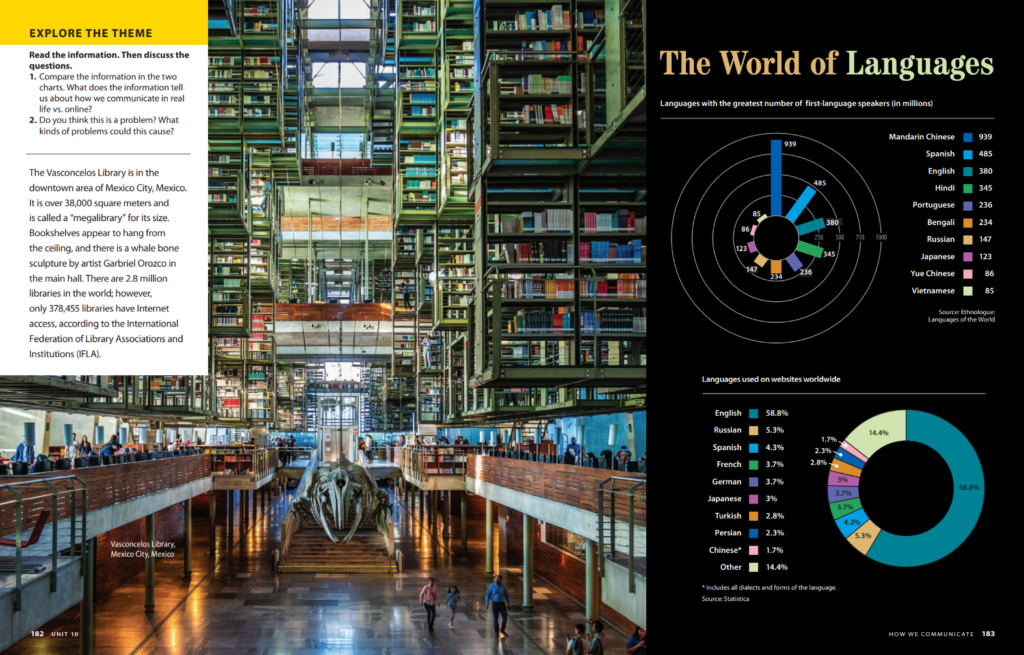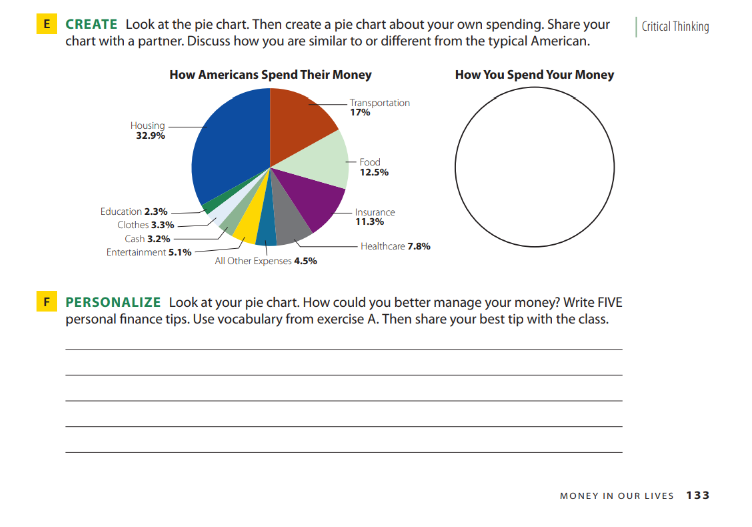We deal with an increasing amount of information daily, whether we are scrolling social media or catching up on the news. How can we avoid information overload and retain what we read? We need to be active consumers of information, constantly improving our ability to understand and present information visually. In other words, we need visual literacy skills.
Research has shown that we process visuals 60,000 times faster than text. Further studies find that the human brain deciphers image elements simultaneously, while language is decoded in a linear, sequential manner, which takes more time to process. This is why “a picture is worth a thousand words.”
Take a look at the image below, which shows two different descriptions of a circle:
Which description did you understand more quickly?
Visual literacy is the ability to effectively interpret, evaluate, use, and create images and visual media. It’s an essential skill for learners in the classroom, and in their day-to-day lives as well. Students need to think critically about all the information they see every day. This means approaching visuals with a critical eye, seeking to understand the way the information is presented instead of just looking at it. Students skilled in visual literacy are able to create meaning from images, which improves their language proficiency and critical thinking skills. By integrating visual literacy into the classroom, we help students learn to collaborate and to discuss a wide range of ideas while expressing their own.
Here are some simple tips from our bestselling Academic series, Pathways Listening & Speaking, for improving visual literacy in the classroom:
Make the most of photos
Present images and ask students for their responses. Questions you can ask to prompt student participation include:
- What do you see?
- What is happening in the photo?
- What can you infer?
- How does the photo make you feel?
- Do you want to do this?
- What was the photographer trying to capture?
- Why did the photographer take this photo?

If the photo has a caption, have students read it and make sure they understand it. If the photo is on a page with a title, ask what the relationship is between the photo and the title. If there are questions about the photo on the page, discuss possible answers as a class. Encourage students to make connections between the photo and their own knowledge and experiences.
Students may not have a lot to say at first, but soon they will become comfortable sharing their ideas. They will also begin to realize that photos convey a lot of information, some directly and some implied.
Dive into infographics
So much information today is presented graphically; it’s important that students understand the purpose of graphic information and how to interpret it. Draw students’ attention to any titles, keys, labels, and colors. Ask: What does the graphic show? What is the purpose? What is the source? Is it reliable? What do the different colors mean? What conclusions can you draw?
You should also point out anything that is not clear in the infographic as some are not easy to interpret.
As with photos, if there are questions about the infographic on the page, discuss the answers as a class and solicit students’ opinions. Encourage students to make connections between the information in the graphic and their own knowledge and experiences.

Encourage creativity
Once students are familiar with graphic information and how ideas are represented, they can create their own visuals. Both creativity and critical thinking are needed for this task, and both are essential global skills students need to master. If students can create graphics that explain content, it shows they understand it.
Graphics can be as simple as a pie chart showing how students spend their day. They can show relative lengths of time (percentages of the day) spent on each activity. Or they can show how they spend their money and consider how their experience is the same as or different from their peers.

Students can also create timelines. They can research a person or a concept or create a timeline to show milestone events in their own lives.

We know that our students are flooded with information both inside and outside the classroom, and they need a way to process it effectively. By exploring visuals in the classroom, we can help them gain the skills and language needed to interpret this information with confidence and clarity. Making use of photos, presenting infographics, and empowering students to create their own visual materials will improve their visual literacy, which in turn helps them process information, think critically, collaborate, hone their creativity, and express themselves effectively.
Try taking a few minutes in your next class to discuss a compelling image with your students and provide them with exciting pathways to visual literacy.
To explore more highly visual, real-world content in the third edition of Pathways, take a tour of the interactive sampler!



